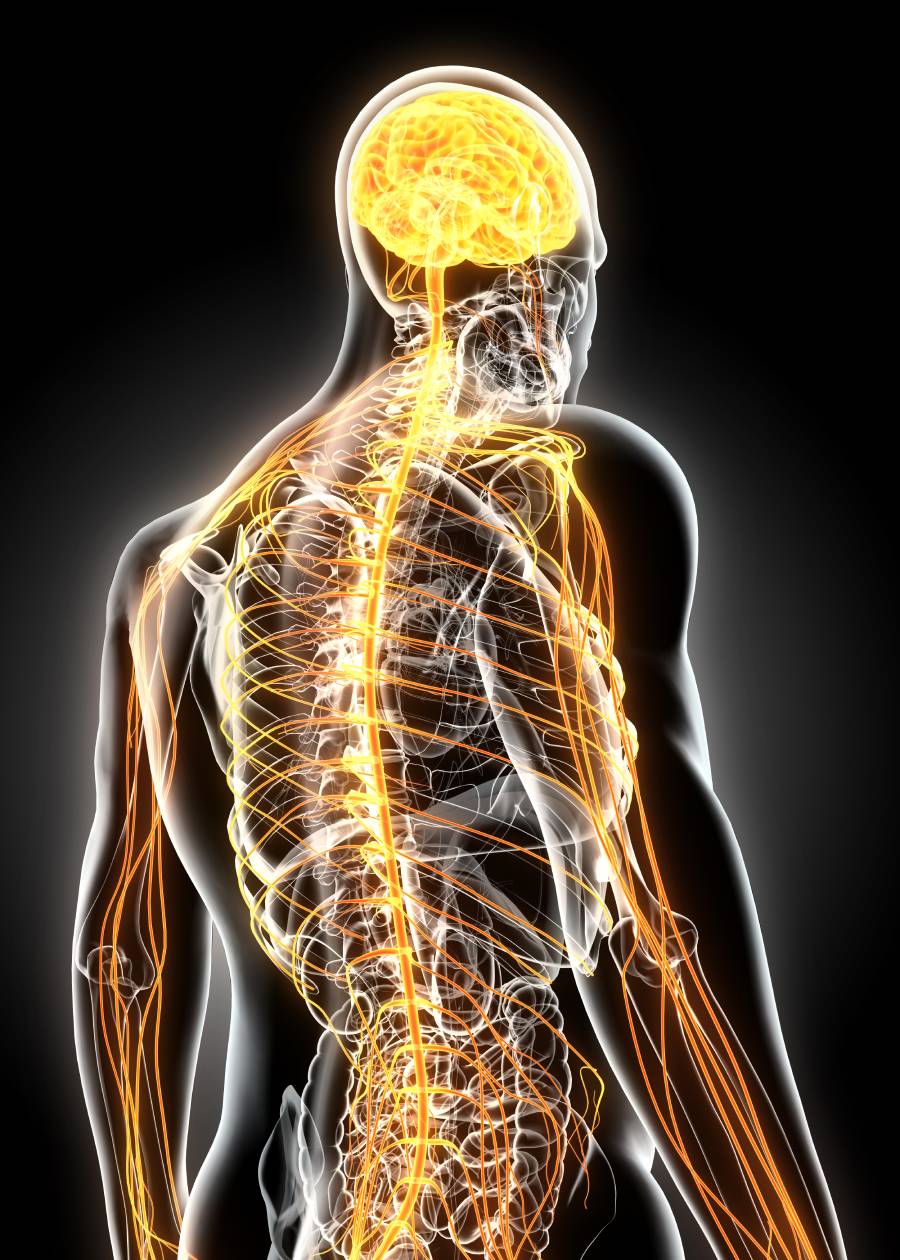Spinal cord stimulation (SCS) is a minimally invasive procedure carried out to treat long-term, chronic pain that has failed to respond to more conventional treatments in the form of rest, physical therapy, medications, and injection therapy. Its promise has been demonstrated in disease populations spanning multiple sclerosis, lower back pain, or diabetic neuropathy1–3. SCS uses low voltage, 10 kHz stimulation of spinal nerves to block pain. To do so, a small battery-powered generator implanted in the body transmits an electrical current to the spinal cord, yielding a tingling sensation instead of pain. By intercepting pain signaling in this way, SCS helps manage pain, improve functionality, and decrease the amount of pain medication needed – enabling some patients to eventually return to a healthy, active lifestyle4. However, as part of the ongoing monitoring of the safety and effectiveness of medical devices, including through the review of published literature and adverse events and product reports, the U.S. Food and Drug Administration (FDA) has continued to receive evidence of severe side effects that can result from implanted SCS devices. To address this, the FDA has been reminding health care professionals of the importance of conducting stimulation trials with patients to confirm satisfactory pain relief prior to the permanent implantation of an spinal cord stimulation device5. Such spinal cord stimulation trials are critical for both effective SCS programming and placement to ensure the best possible management of patient pain.
Specifically, prior to any SCS trial, patients must first be informed of the risk of serious side effects and reasonable expectations during the trial stimulation. In particular, the risks and benefits of various types of implants – alongside other treatment options – should be thoroughly discussed to enable empowered, well-informed decision-making. In the process, patients should be provided with the SCS manufacturer’s documentation and other educational materials, and be informed of the device manufacturer, unique device identifier, and model of the implant they are to receive. An individualized treatment and follow-up plan for SCS therapy should then be developed in close collaboration with the patient6.
Thereafter, in the SCS trial, an electrode is placed through a patient’s skin and attached to an external SCS pulse generator. Several pulse modes are tested as patients record their perceptions of back pain in response to each pulse mode. Such SCS trials usually last 3 to 7 days, with success defined as a 50 percent reduction in pain symptoms. Over the course of the trial, adjustments are carried out if sufficient pain relief is not achieved. If the SCS trial demonstrates that the back pain can be reduced effectively and safely with an SCS device, a permanent implant can then be placed under a patient’s skin. Following SCS implant surgery, a specialized, biopsychosocial, person-centered physical therapy protocol targeting individual needs, goals, and values is often recommended to maximize patient outcomes7.
SCS therapy has been shown to reduce pain by as much as 70 percent, decreasing the need for medications and improving daily function after healing. However, spinal cord stimulation trials are essential and need to be carried out with caution, in full cognizance of all risks associated with the treatment in order to ensure the best possible patient outcomes.
References
1. Rapisarda A, Ioannoni E, Izzo A, D’Ercole M, Montano N. Is There a Place for Spinal Cord Stimulation in the Management of Patients with Multiple Sclerosis? A Systematic Review of the Literature. Minim Invasive Surg. 2021;2021:1-4. doi:10.1155/2021/9969010
2. McClure JJ, Desai BD, Ampie L, You W, Smith JS, Buchholz AL. A Systematic Review of the Cost-Utility of Spinal Cord Stimulation for Persistent Low Back Pain in Patients With Failed Back Surgery Syndrome. Glob Spine J. 2021;11:66S-72S. doi:10.1177/2192568220970163
3. Duarte R V., Nevitt S, Maden M, et al. Spinal cord stimulation for the management of painful diabetic neuropathy. Pain. 2021. doi:10.1097/j.pain.0000000000002262
4. Baranidharan G, Edgar D, Bretherton B, et al. Efficacy and safety of 10 khz spinal cord stimulation for the treatment of chronic pain: A systematic review and narrative synthesis of real-world retrospective studies. Biomedicines. 2021. doi:10.3390/biomedicines9020180
5. Conduct a Trial Stimulation Period Before Implanting a Spinal Cord Stimulator (SCS) – Letter to Health Care Providers | FDA. https://www.fda.gov/medical-devices/letters-health-care-providers/conduct-trial-stimulation-period-implanting-spinal-cord-stimulator-scs-letter-health-care-providers.
6. Rock AK, Truong H, Park YL, Pilitsis JG. Spinal Cord Stimulation. Neurosurg Clin N Am. 2019. doi:10.1016/j.nec.2018.12.003
7. Tekmyster G, Jonely H, Lee DW, et al. Physical Therapy Considerations and Recommendations for Patients Following Spinal Cord Stimulator Implant Surgery. Neuromodulation. 2021. doi:10.1111/ner.13391
